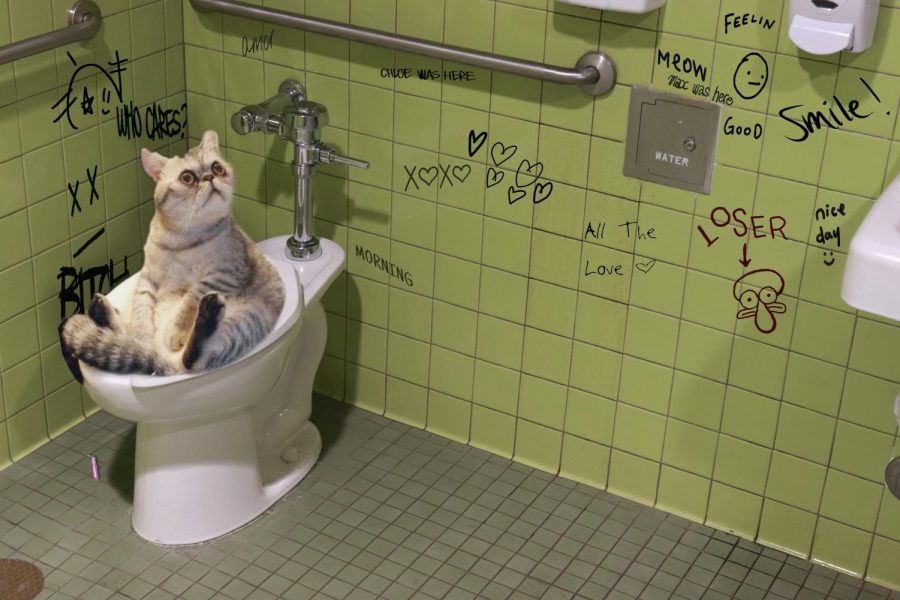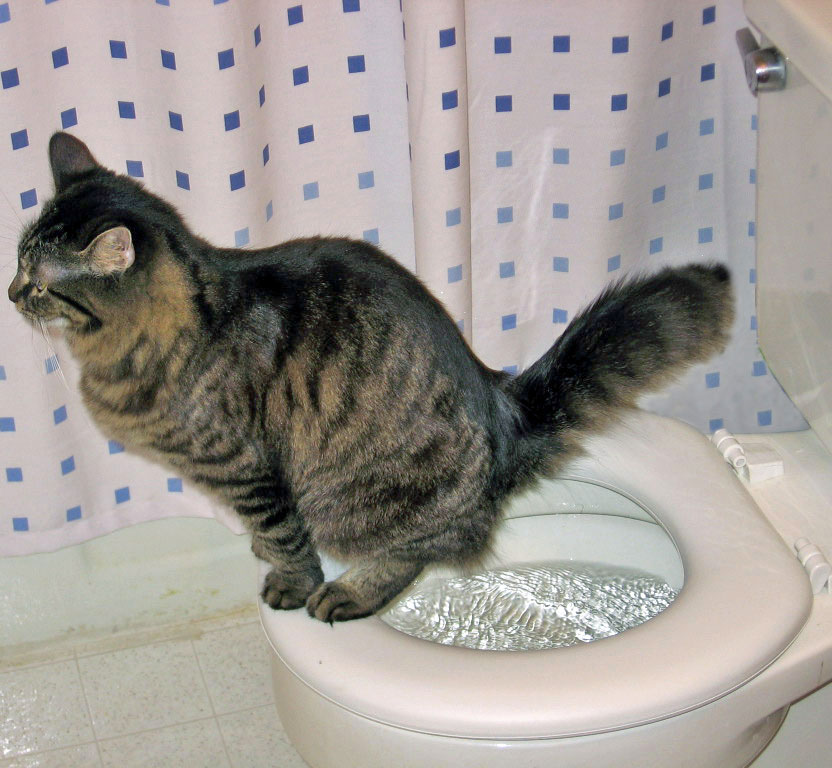The Consequences of Flushing Cat Poop Down Your Toilet - Protect Your Pipes
The Consequences of Flushing Cat Poop Down Your Toilet - Protect Your Pipes
Blog Article
Each person has their own unique idea on the subject of Can You Flush Cat Poop Down The Toilet?.

Introduction
As pet cat proprietors, it's vital to bear in mind just how we dispose of our feline friends' waste. While it may appear hassle-free to purge feline poop down the toilet, this practice can have destructive repercussions for both the atmosphere and human health.
Environmental Impact
Purging pet cat poop introduces dangerous virus and bloodsuckers into the water, posturing a considerable danger to marine ecosystems. These pollutants can adversely influence marine life and compromise water quality.
Health and wellness Risks
In addition to environmental problems, purging feline waste can also pose wellness risks to human beings. Feline feces might include Toxoplasma gondii, a parasite that can create toxoplasmosis-- a potentially extreme health problem, particularly for expecting women and people with weakened body immune systems.
Alternatives to Flushing
Thankfully, there are much safer and extra responsible methods to deal with feline poop. Take into consideration the adhering to alternatives:
1. Scoop and Dispose in Trash
The most typical approach of getting rid of pet cat poop is to scoop it right into a biodegradable bag and toss it in the trash. Make certain to make use of a committed clutter inside story and take care of the waste without delay.
2. Use Biodegradable Litter
Go with biodegradable cat clutter made from materials such as corn or wheat. These trashes are eco-friendly and can be safely disposed of in the trash.
3. Hide in the Yard
If you have a backyard, take into consideration hiding pet cat waste in a designated area far from vegetable yards and water sources. Make certain to dig deep enough to avoid contamination of groundwater.
4. Set Up a Pet Waste Disposal System
Invest in an animal waste disposal system specifically designed for cat waste. These systems make use of enzymes to break down the waste, lowering smell and ecological effect.
Conclusion
Responsible animal ownership expands beyond providing food and sanctuary-- it additionally entails appropriate waste management. By avoiding flushing feline poop down the bathroom and opting for alternate disposal approaches, we can reduce our ecological footprint and protect human wellness.
Why Can’t I Flush Cat Poop?
It Spreads a Parasite
Cats are frequently infected with a parasite called toxoplasma gondii. The parasite causes an infection called toxoplasmosis. It is usually harmless to cats. The parasite only uses cat poop as a host for its eggs. Otherwise, the cat’s immune system usually keeps the infection at low enough levels to maintain its own health. But it does not stop the develop of eggs. These eggs are tiny and surprisingly tough. They may survive for a year before they begin to grow. But that’s the problem.
Our wastewater system is not designed to deal with toxoplasmosis eggs. Instead, most eggs will flush from your toilet into sewers and wastewater management plants. After the sewage is treated for many other harmful things in it, it is typically released into local rivers, lakes, or oceans. Here, the toxoplasmosis eggs can find new hosts, including starfish, crabs, otters, and many other wildlife. For many, this is a significant risk to their health. Toxoplasmosis can also end up infecting water sources that are important for agriculture, which means our deer, pigs, and sheep can get infected too.
Is There Risk to Humans?
There can be a risk to human life from flushing cat poop down the toilet. If you do so, the parasites from your cat’s poop can end up in shellfish, game animals, or livestock. If this meat is then served raw or undercooked, the people who eat it can get sick.
In fact, according to the CDC, 40 million people in the United States are infected with toxoplasma gondii. They get it from exposure to infected seafood, or from some kind of cat poop contamination, like drinking from a stream that is contaminated or touching anything that has come into contact with cat poop. That includes just cleaning a cat litter box.
Most people who get infected with these parasites will not develop any symptoms. However, for pregnant women or for those with compromised immune systems, the parasite can cause severe health problems.
How to Handle Cat Poop
The best way to handle cat poop is actually to clean the box more often. The eggs that the parasite sheds will not become active until one to five days after the cat poops. That means that if you clean daily, you’re much less likely to come into direct contact with infectious eggs.
That said, always dispose of cat poop in the garbage and not down the toilet. Wash your hands before and after you clean the litter box, and bring the bag of poop right outside to your garbage bins.
https://trenchlesssolutionsusa.com/why-cant-i-flush-cat-poop/

I have been very interested in How to Dispose of Cat Poop and Litter Without Plastic Bags and I am assuming you appreciated my blog post. Sharing is caring. You won't know, you may just be doing someone a favor. Thank-you for going through it.
Call Today Report this page